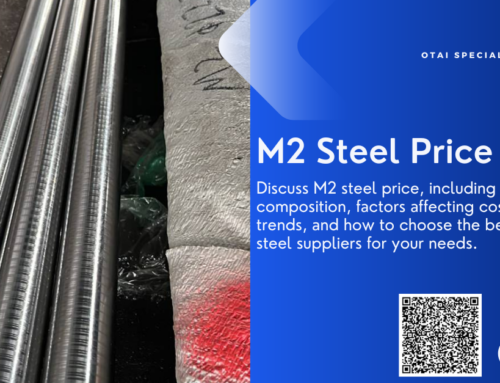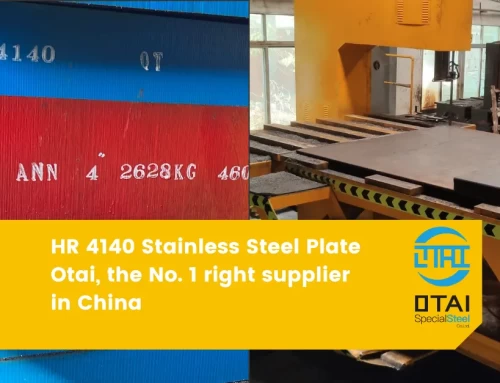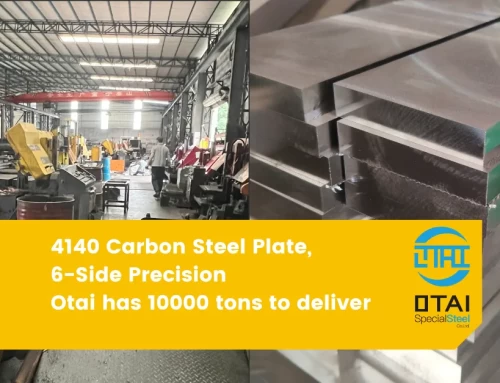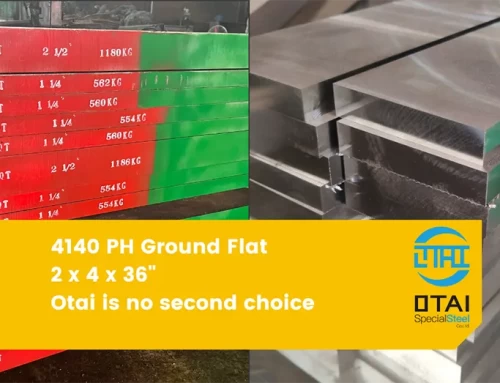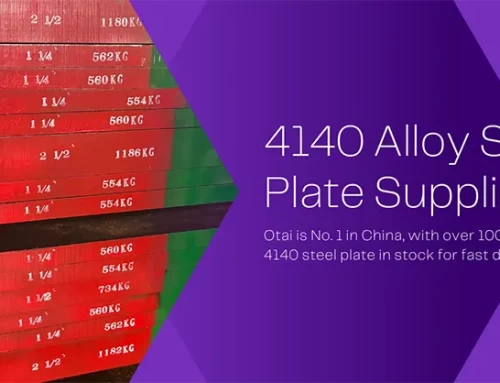Introduction
Choosing the right material for your mold applications can be a complex process, especially when you have multiple high-quality options like 4140 steel vs P20 steel. These steel types possess unique characteristics that make them ideal for specific applications. However, understanding these differences is key to making the most efficient and cost-effective choice. So, let’s take a closer look at 4140 steel and P20 steel.
- What is 4140 Steel?
4140 steel is a chromium-molybdenum alloy steel known for its strength, hardenability, and resistance to wear and abrasion. It’s commonly used in applications where strength and impact resistance are paramount, such as gears, shafts, and high-pressure pipes.
- What is P20 Steel?
On the other hand, P20 steel is a versatile, low-alloy tool steel that is characterized by its excellent dimensional stability in heat treatment, making it ideal for large plastic molds. It is used extensively in various applications including die casting dies, holder blocks, and more.
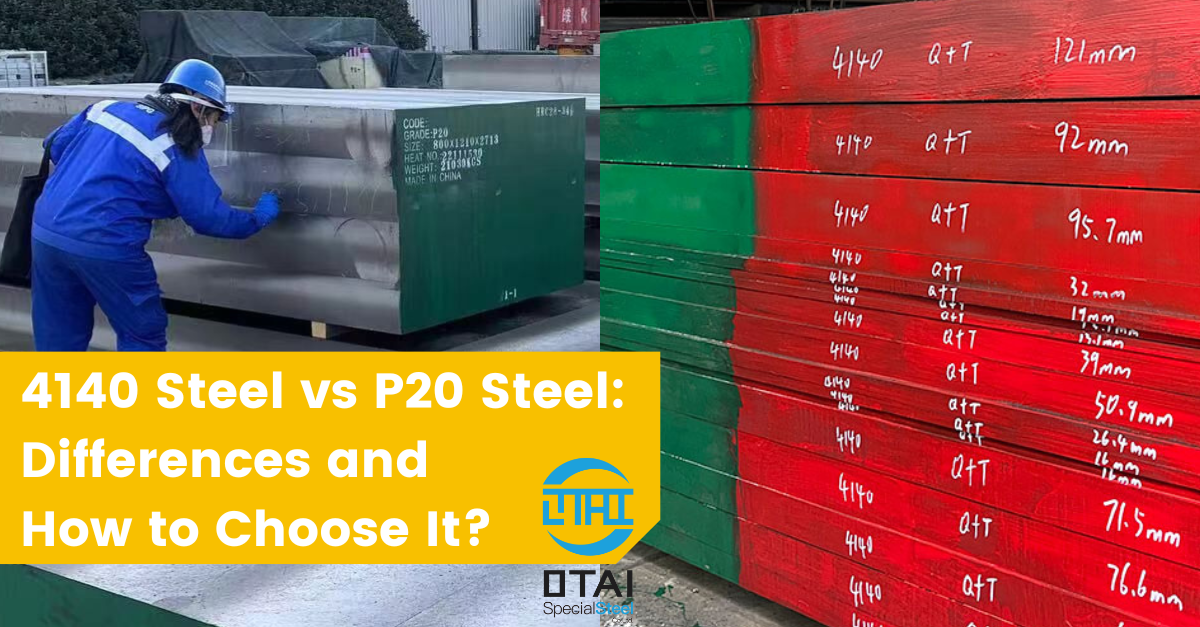
Comparing 4140 Steel vs P20 Steel
- Standard
4140 steel is generally recognized by the ASTM A29 standard, while P20 steel adheres to the ASTM A681 standard.
- Chemical Composition
The chemical composition of 4140 steel includes chromium, molybdenum, and manganese, which contribute to its high fatigue strength and abrasion resistance. Conversely, P20 steel contains chromium, molybdenum, and nickel, providing high ductility and good wear resistance.
| Standard | Grade | C | Mn | P | S | Si | Cr | Mo |
| ASTM A29 | 4140 | 0.38-0.43 | 0.75-1.00 | 0.035 | 0.040 | 0.15-0.35 | 0.8-1.10 | 0.15-0.25 |
| ASTM A681 | P20 | 0.28-0.40 | 0.60-1.00 | 0.03 | 0.03 | 0.20-0.80 | 1.40-2.00 | 0.30-0.55 |
- Properties
4140 steel is renowned for its strength and impact resistance, while P20 steel offers excellent dimensional stability during heat treatment and good polishability, which is important for mold applications.
- Price and Availability
The price of steel largely depends on the market and availability. As of now, 4140 steel is more readily available and generally less expensive than P20 steel.
At Otai, we keep wide range of 4140 steel, especially 4140 steel plate, from thickness 1mm to 300mm. So, we deliver super fast for 4140 steel plate or flat bar within 3 days for 4140 steel plates.
- Applications
4140 steel’s resilience makes it suitable for high-stress parts such as shafts and gears, while the mold stability and polishability of P20 steel make it ideal for large plastic molds and die-casting dies. For some mold industry applications, you can also use 4140 steel plate to replace P20 steel plate for your application.
Choosing the Right Material for Mold Applications
Your choice between 4140 steel and P20 steel will largely depend on your specific mold application. If you require a strong, impact-resistant material, 4140 steel may be the better option. If, however, your project demands a steel with excellent mold stability and polishability, P20 steel may be the more suitable choice.
Conclusion
Understanding the difference between 4140 steel and P20 steel is crucial when selecting the appropriate material for your mold applications. Both steel types offer unique properties that make them ideal for specific uses. Your choice should be based on the specific requirements of your project, taking into consideration factors such as strength, mold stability, and cost.
FAQs
Q1: Which is more expensive, 4140 steel or P20 steel?
A1: Generally, P20 steel is more expensive than 4140 steel due to its specialized applications and chemical composition.
Q2: Can 4140 steel be used for mold applications?
A2: Yes, but 4140 steel is typically used in situations that require high strength and resistance to wear and tear, while P20 is more commonly used for molds due to its dimensional stability under heat treatment.
Q3: What is the main advantage of P20 steel in mold applications?
A3: P20 steel has excellent dimensional stability during heat treatment and good polishability, which are crucial attributes for mold applications.
Q4: Is 4140 steel more durable than P20 steel?
A4: While both are durable, 4140 steel is generally known for its higher strength and impact resistance compared to P20 steel.
Q5: Can I use P20 steel for applications typically reserved for 4140 steel?
A5: It depends on the specific requirements of the application. While P20 has its advantages, 4140 steel is better suited for high-strength, high-impact applications.

